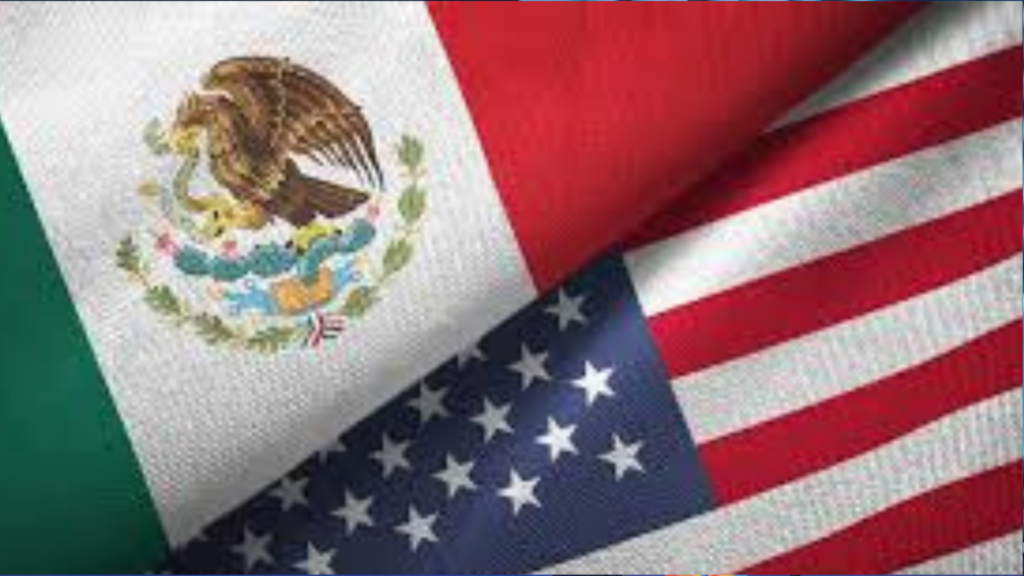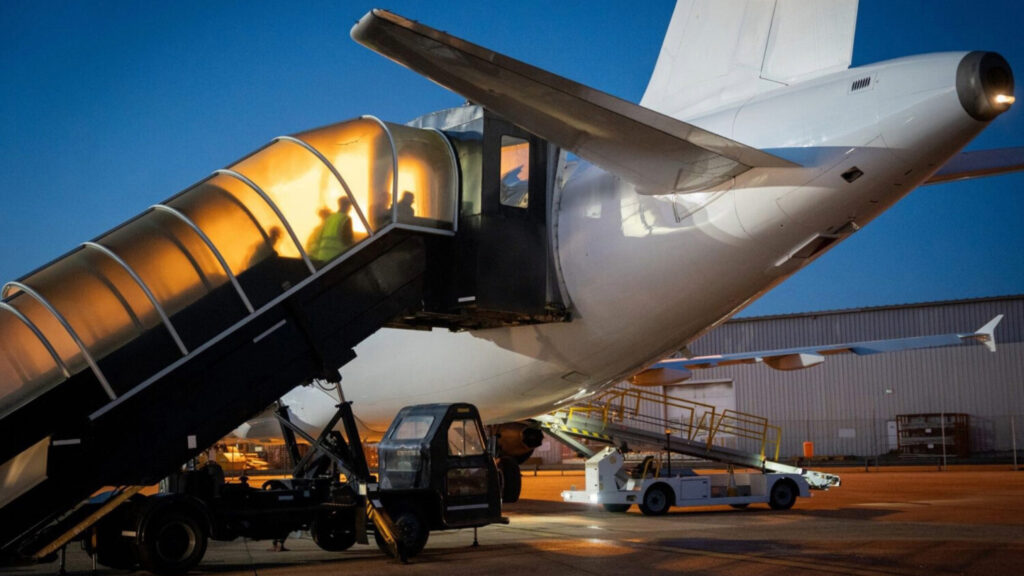Renewed Tension Between Ethiopian Regime and Tigray Forces
Associated Political Risks Amid Ethiopia and Eritrea Are at the Brink of War
Introduction
In 2025, Ethiopia faces a renewed crisis of state fragility and regional tension as the uneasy peace after the Pretoria Agreement begins to unravel. The relationship between the Ethiopian federal government and the Tigray Defence Forces (TDF) remains hostile, despite a ceasefire that ended the devastating 2020-2022 war. Meanwhile, Eritrea, which fought alongside Ethiopia against the TDF but is now at odds with Addis Ababa, has massed troops along its border (Solomon, 2025).
At the center of this tension is the unresolved issue of Western Tigray, the contested status of TDF forces, and Addis Ababa’s failure to manage competing regional claims. Therefore, this article analyses these dynamics in 2025, quantifies their impact, and highlights the serious political risks for both internal Ethiopian stability and regional security.
The Fragile Peace and the Resurgence of Tension
The Pretoria Agreement in 2022 called for the withdrawal of Eritrean forces from Tigray, disarmament of the TDF, and restoration of federal authority (Debre and Simons, 2023). The TDF leadership argues that the federal government has not fulfilled its promised security guarantees, particularly in the disputed Western Tigray region, where Amhara militias backed by federal troops still hold territory forcibly seized during the 2020-2022 war (Fiseha and Gebregiorgis, 2021). According to UNOCHA (2025), around 600,000-700,000 Tigrayans remain displaced from Western Tigray.
Quantitative Conflict Data
According to the Armed Conflict Location and Event Data Project (ACLED), after dropping to around 15 recorded events per month in late 2023, conflict events involving Tigray forces and federal or Eritrean troops have witnessed a threefold rise and increased to 45 recorded events per month as of May 2025 (ACLED, 2025). Additionally, civilian fatalities have risen, with approximately 600 civilian deaths reported from renewed skirmishes since January 2025 (ACLED, 2025).
| Indicator | November 2022 (Peace deal) | May 2025 |
| Displaced persons | 2.6 million | 1.4 million (remaining displaced) |
| Monthly conflict events (ACLED) | ~15 | ~45 |
| Civilian fatalities (monthly) | ~40 | ~150 |
(Source: ACLED, 2025; UN OCHA, 2025)
Political Risks
Federal Governance Crisis
The Ethiopian federal regime under Prime Minister Abiy Ahmed faces a crisis of legitimacy. Regional leaders, particularly from Amhara and Oromia, increasingly question the central government’s capacity to secure peace and manage interregional conflicts. Furthermore, the inability to enforce Pretoria’s provisions fuels perceptions of a failing state, raising the risk of greater fragmentation (Debre and Simons, 2023). However, whether this situation arises from the weakness of the federal government or its unwillingness remains highly controversial.
Thus, if the TDF–federal standoff escalates, other regions could also challenge federal authority, deepening Ethiopia’s structural instability (Fiseha and Gebregiorgis, 2021).
Ethnic Polarization
The war and its aftermath have dramatically sharpened ethnic polarization. Tigrayans fear renewed campaigns of ethnic cleansing if the Amhara militia remain in Western Tigray (Amnesty International, 2022). Meanwhile, Amhara groups see TDF as a secessionist threat. As a result, identity-based violence could erupt, creating a risk of mass atrocities as documented during the height of the 2021 famine and conflict (Maxwell et al., 2025).
Regional Spillover
The most dangerous dimension in 2025 is the Ethiopia–Eritrea rivalry. Should Ethiopia resolve Western Tigray in TDF’s favor, Eritrea could intervene militarily, igniting a regional conflict with unpredictable consequences for Sudan and the Red Sea corridor (Clapham, 2023). Meanwhile, Sudan’s Al-Fashaga region remains disputed, and a distracted Ethiopian government might allow Sudanese advances, multiplying conflicts in the Horn (Debre and Simons, 2023).
Furthermore, the Red Sea and Bab-el-Mandeb corridor are critical global maritime chokepoints. Renewed conflict threatens to destabilize shipping lanes already vulnerable to regional proxy conflicts (Ylönen, 2023). Moreover, Ethiopia’s high inflation rate (27% in 2025) and significant external debt burden (USD 30 billion) reduce the government’s capacity to sustain prolonged conflict or humanitarian support (Trading Economics, 2025).
Humanitarian Catastrophe
Continued blockages of humanitarian access in Tigray risk repeating the near-famine conditions of 2021-22. As of mid-2025, 5 million people in Tigray rely on food aid, with many agencies reporting difficulty crossing federal and Amhara checkpoints (UNOCHA, 2025). Therefore, renewed large-scale fighting would interrupt this flow, resulting in catastrophic humanitarian consequences.
Current Developments
Satellite imagery analyzed by UNOCHA (2025) shows new TDF military build-ups near Adigrat and Shire, suggesting a potential offensive if Western Tigray negotiations collapse. Meanwhile, Eritrea has reinforced defensive positions around Badme with tanks and heavy artillery (Solomon, 2025).
Furthermore, diplomatic initiatives by the African Union have stalled, while US and EU envoys have warned of “an imminent collapse of the fragile peace” (von Borzyskowski and Portela, 2023).
Therefore, the recent military activities by both Ethiopia and Eritrea along their shared border reflect a worrying escalation of tensions in the Horn of Africa (Solomon, 2025).
Possible Scenarios
- Renewed Multi-Front War
The worst-case scenario sees the TDF launch an attack on Western Tigray, triggering a response from Amhara forces and federal troops. Consequently, Eritrea, fearing a strong Tigray, intervenes directly. Sudan might then advance its own territorial claims. On the other hand, some analysts suggest that Eritrea could potentially align with the Tigray forces as a counterweight to Ethiopia’s renewed demands for Red Sea access and reported intentions to wage war over control of the Assab port. Such shifts in alliances remain possible given the region’s fluid and volatile political dynamics.
2. Frozen Conflict
A tense yet stable line of control persists, featuring sporadic skirmishes and no political settlement. Meanwhile, Tigray remains effectively isolated, fueling resentment and radicalization.
3. Negotiated Settlement
A renewed commitment to a neutral, verifiable peace process under African Union or UN monitoring could stabilize the situation. However, this requires unprecedented trust-building and demilitarization on all sides.
Recommendations
- Restoring constitutional order, including returning Western Tigray to the administration of the Tigray regional state.
- External guarantees for security corridors to deliver humanitarian aid safely.
- Inclusive dialogue between Addis Ababa, TDF, and Amhara representatives to break the deadlock.
- Reduced Eritrean presence through targeted sanctions and international diplomatic pressure.
- Federal confidence-building measures to regain legitimacy in Tigray and across the regions.
Conclusions
In 2025, Ethiopia and Eritrea stand on the brink of war, with the continuing tension between the Ethiopian regime and the Tigray Defense Forces adding a dangerous fuse. Meanwhile, failure to resolve Western Tigray’s status, fully implement Pretoria, and guarantee humanitarian access leaves Ethiopia at risk of a catastrophic relapse into war.
Furthermore, the presence of tens of thousands of Eritrean troops, alongside powerful TDF formations and Amhara militias, makes the risk of a regional explosion very high. Thus, should hostilities break out again, they could destabilize the Horn of Africa, disrupt the Red Sea shipping lanes, and trigger massive displacement across borders.
Therefore, urgent action is needed to prevent such an outcome, beginning with honest dialogue, robust international diplomacy, and humanitarian protection for civilians. Only a fair and transparent settlement of the political and security arrangements for Tigray, including Western Tigray, can avert another humanitarian disaster and a dangerous regional war.
References
ACLED (2025) Ethiopia Situation Report. Available at: https://acleddata.com/ (Accessed: 20 June 2025).
Amnesty International (2022) Ethiopia: Human Rights Violations in Tigray. Available at: https://www.amnesty.org/en/latest/news/2022/11/ethiopia/ (Accessed: 21 June 2025).
Clapham, C. (2023) ‘The Horn of Africa in crisis’, Journal of Modern African Studies, 61(2), pp. 243–261. Available at: https://www.cambridge.org/core/journals/journal-of-modern-african-studies/article/abs/horn-of-africa-in-crisis/36ED1C4EB (Accessed: 24 June 2025).
Debre, M.K. and Simons, C. (2023) ‘Peace in Ethiopia? An analysis of the Pretoria Agreement’, International Affairs, 99(5), pp. 1805–1825. Available at: https://academic.oup.com/ia/article/99/5/1805/7267610 (Accessed: 23 June 2025).
Fiseha, A. and Gebregiorgis, M. (2021) ‘Ethnic federalism and the Tigray conflict in Ethiopia’, Regional & Federal Studies, 31(4), pp. 545–567. Available at: https://www.tandfonline.com/doi/full/10.1080/13597566.2021.1960052 (Accessed: 29 June 2025).
Maxwell, D., Gebrehiwot, T. and Kim, J. (2025) ‘Food security and recovery in post-conflict Tigray’, Global Food Security, 35, Article 100689. Available at: https://www.sciencedirect.com/science/article/pii/S2211912424000392 (Accessed: 22 June 2025).
Solomon, H. (2025) ‘The implications of Eritrean military tactics on Horn of Africa stability’, Journal of Peacebuilding & Development, 20(1), pp. 35–49. Available at: https://journals.sagepub.com/doi/full/10.1177/15423166211004256 (Accessed: 28 June 2025).
Trading Economics (2025) Ethiopia Inflation Rate. Available at: https://tradingeconomics.com/ethiopia/inflation-cpi (Accessed: 25 June 2025).
UNOCHA (2025) Ethiopia Humanitarian Response Plan 2025. Available at: https://reliefweb.int/report/ethiopia/ethiopia-humanitarian-response-plan-2025 (Accessed: 26 June 2025).
Von Borzyskowski, I. and Portela, C. (2023) ‘Sanctions and mass atrocities: Evidence from Ethiopia’, International Security, 47(3), pp. 67–102. Available at: https://direct.mit.edu/isec/article/47/3/67/114830 (Accessed: 23 June 2025).
Ylönen, A. (2023) ‘Geopolitics of the Red Sea and the Horn of Africa’, Third World Quarterly, 44(7), pp. 1420–1442. Available at: https://www.tandfonline.com/doi/full/10.1080/01436597.2023.2192250 (Accessed: 20 June 2025).



